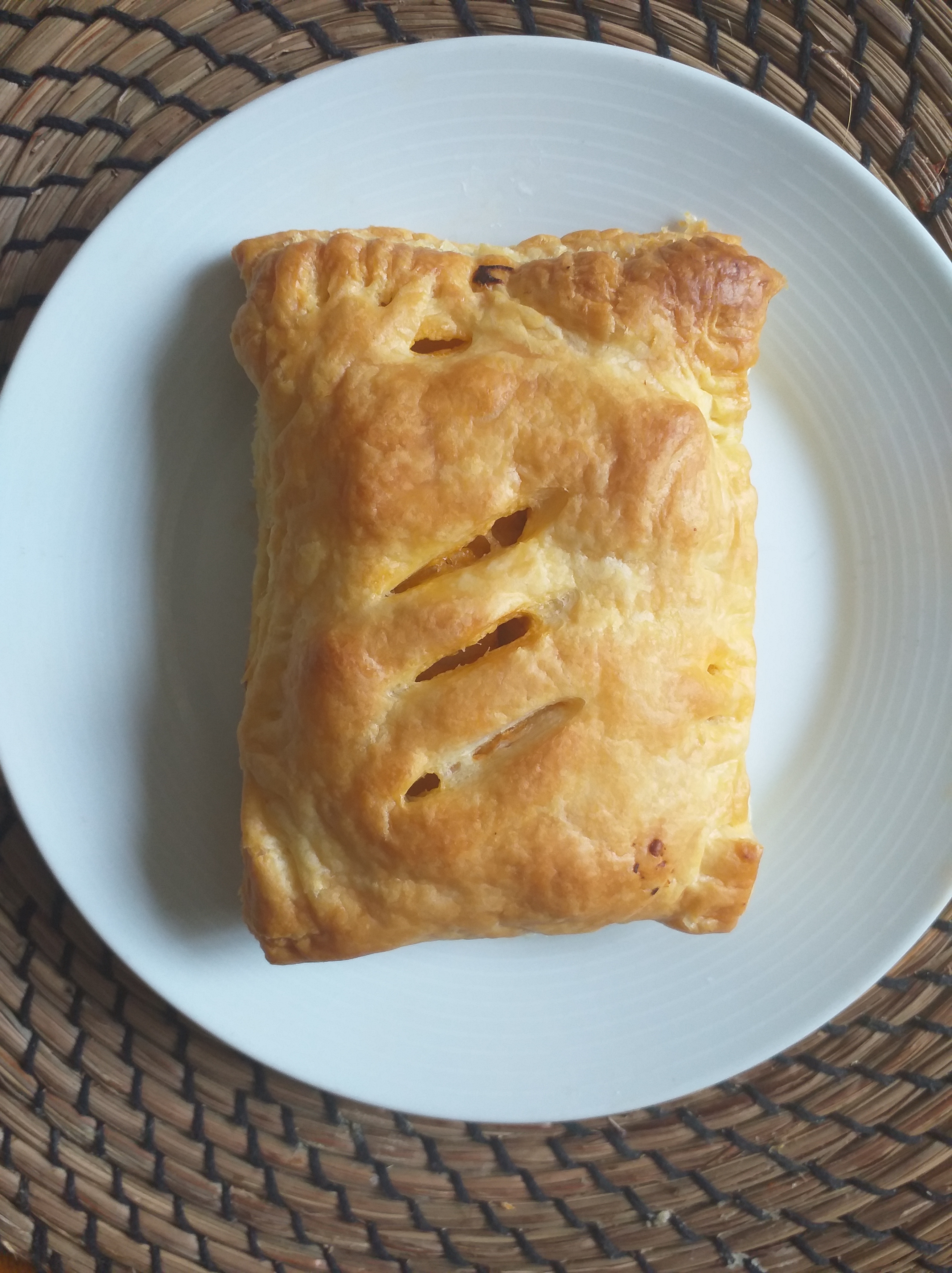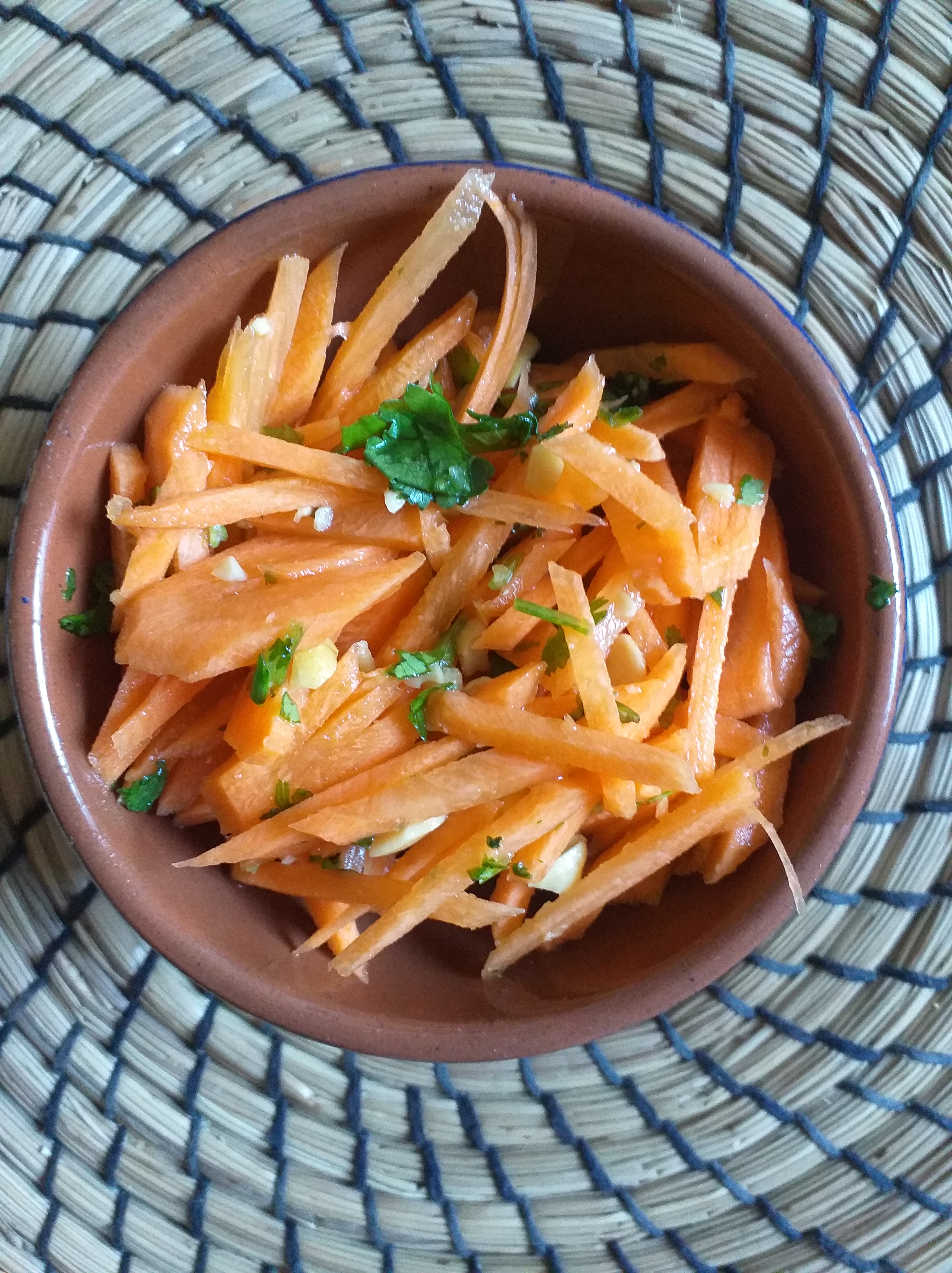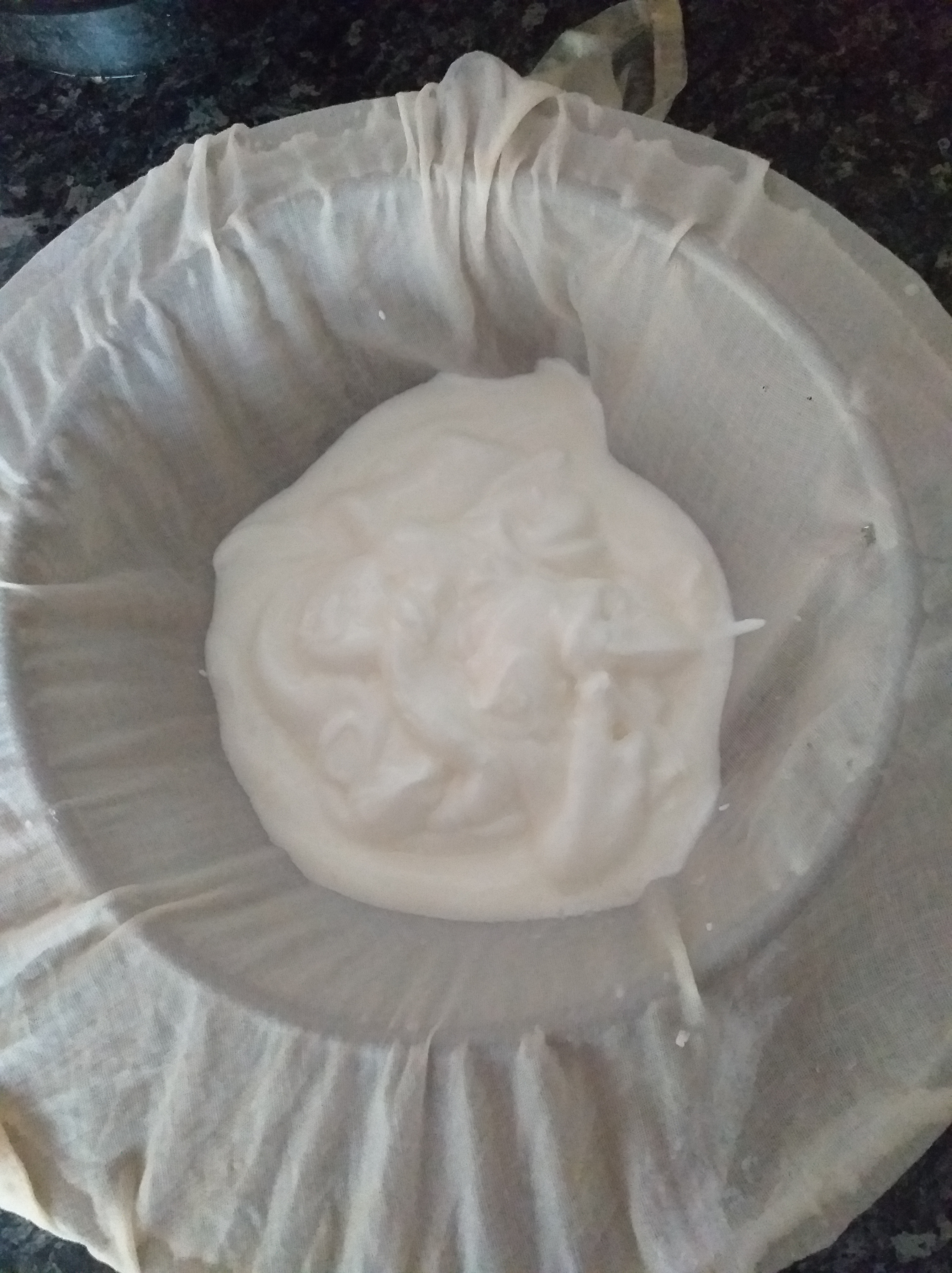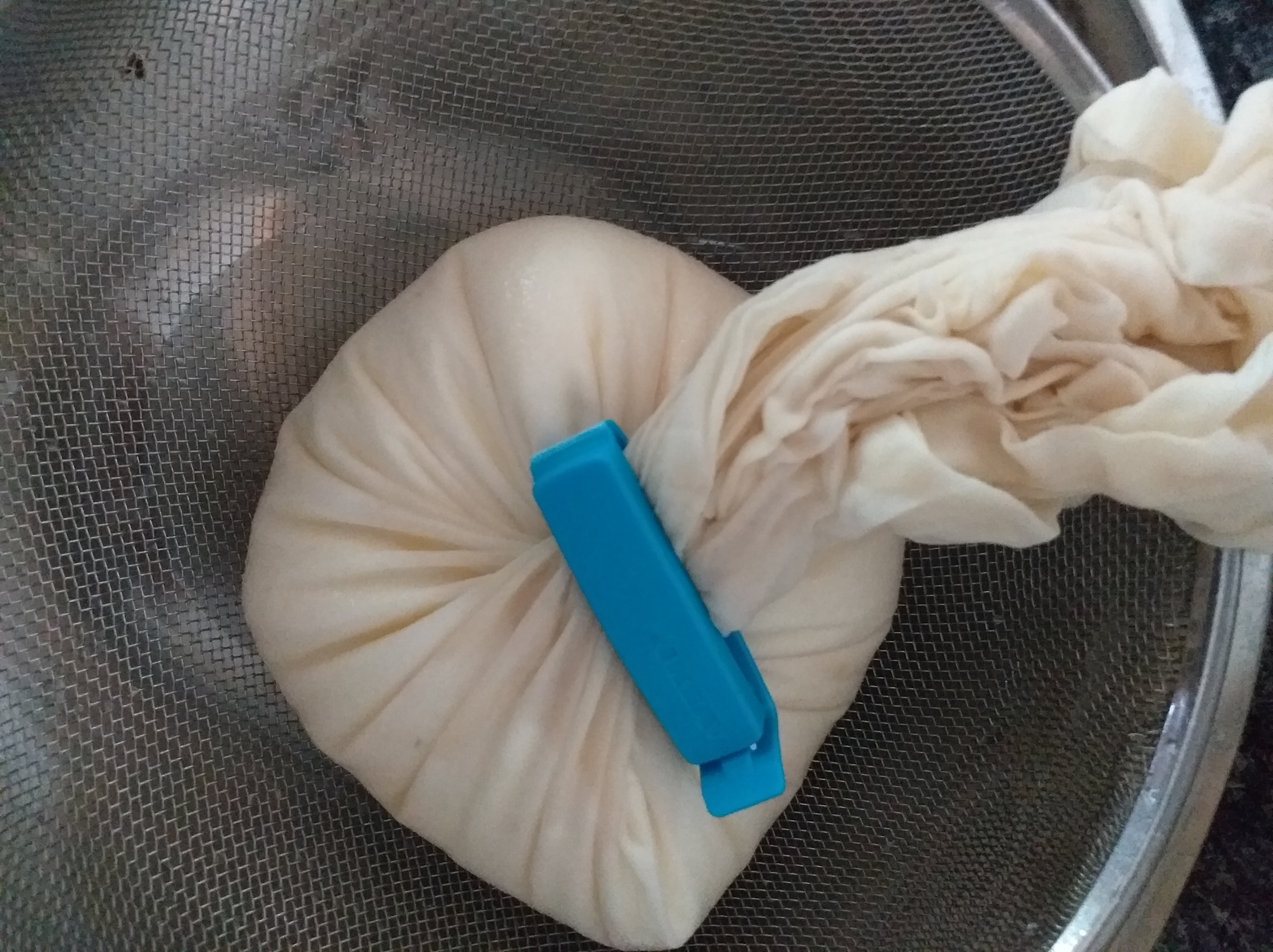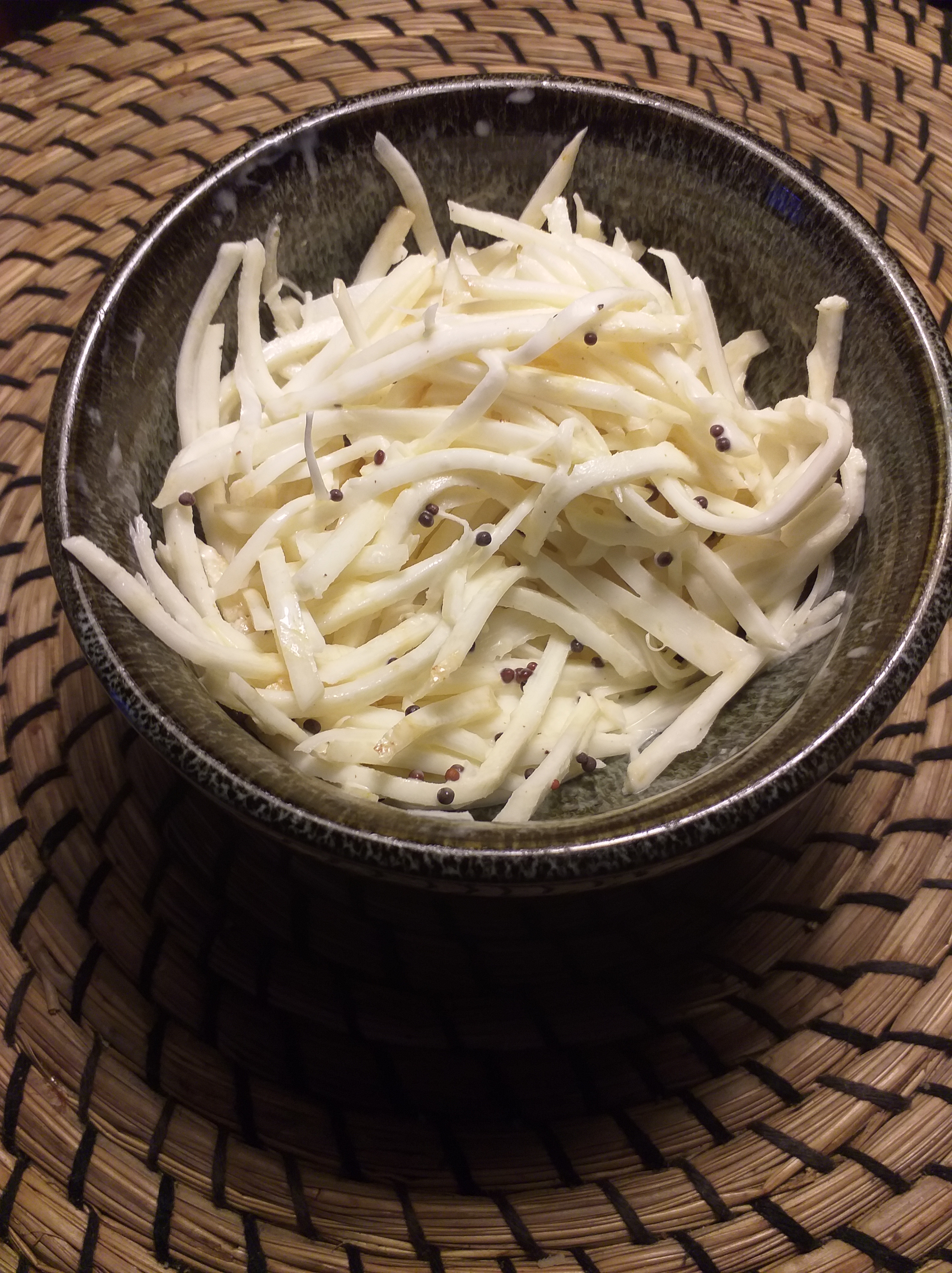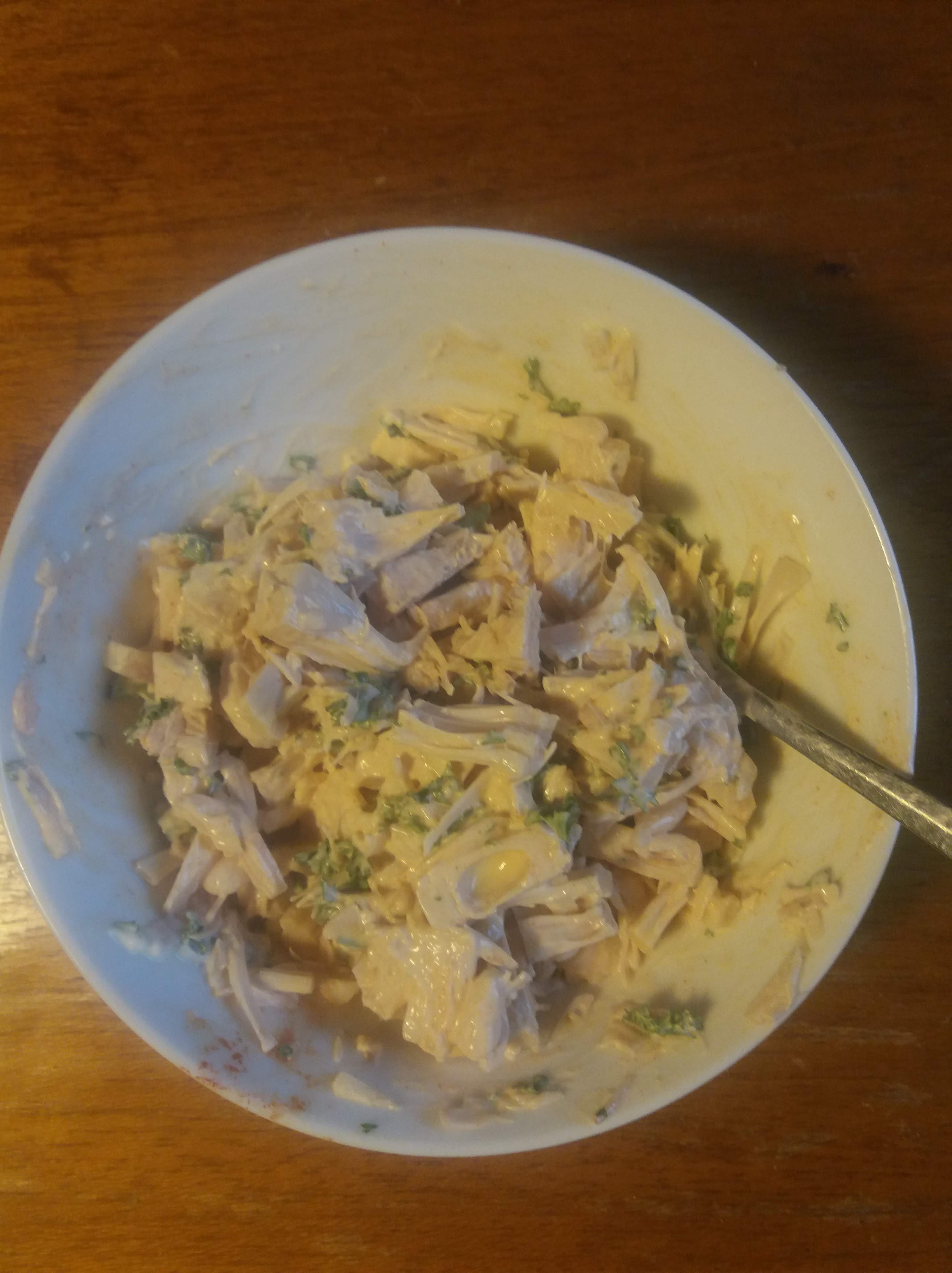
Loaded with dry fruit and fragrant with sweet spices, “Fat Rascals” are the ultimate tea time bun. Falling somewhere on the baked goods spectrum between a rock cake and a scone, they manage to be both cakey (they rise in the oven) and biscuity (they have a pleasing exterior that provides a bit of crunch)
Christened by fancy Yorkshire tea room “Bettys”, Fat Rascals are thought to be based on a 15th century recipe for traditional Yorkshire turf buns, . Turf buns were made from a scone-like dough, enriched with lard and fruit, then cooked on a griddle over a turf fire. Bettys tea room jazzed up the recipe (which they keep secret), baked the buns, rather than griddling them, then gave them a catchy new name.
It looks like the name “Fat Rascals” has been trademarked, so I am going to call my version Fat Imposters. I haven’t managed to get my hands on the secret recipe, but I think this is pretty close. Easy, quick and delicious -these are a good pick-me-up for lockdown January.
Fat Imposters
225g self raising flour
125g cold butter, cubed
1 tsp ground cinnamon
1/2 tsp ground mixed spice
75g caster sugar
Zest of one lemon
Zest of one orange/tangerine
2 tsp lemon juice
125g of mixed fruit – I use half sultanas and half raisins
1 egg, beaten
150ml single cream. You can substitute with milk
Blanched almonds and glace cherries to decorate
Preheat the oven to 190C
Sift the flour and spices into a large mixing bowl. Rub in the butter using your fingertips until it resembles coarse breadcrumbs. Stir in the sugar and dried fruit. Mix in the beaten egg. Add the citrus zest and juice to the cream and stir well. Pour the cream onto the mixture and stir with a fork until it comes away from the edges of the bowl and forms a large, sticky ball.
Grease a baking tray. Using a tablespoon, dollop heaps of the mixture onto the tray.
I made 9 largish Imposters with this quantity – each one around 3 inches in diameter. Feel free to make them larger or smaller, just adjust the cooking time a little (longer for bigger, shorter for smaller). Using the spoon, neaten them up as much as possible into round, domed shapes.
Fat Rascals are decorated with 2 glace cherry halves (the posh, undyed ones, not the garish scarlet ones) and then three whole, blanched almonds underneath. They look a bit like eyes above a set of fangs. To avoid any accusations of copying, I only use 2 almond fangs. Again, feel free to improvise.
Carefully place the cherries and almonds on top of the mounds of cake dough and press them in lightly. Bake in the oven until golden brown. Mine cooked very quickly – in around 13 minutes -but it will depend on your oven. Keep a close eye – when they smell delicious and look golden brown, remove them to a cooling tray.

